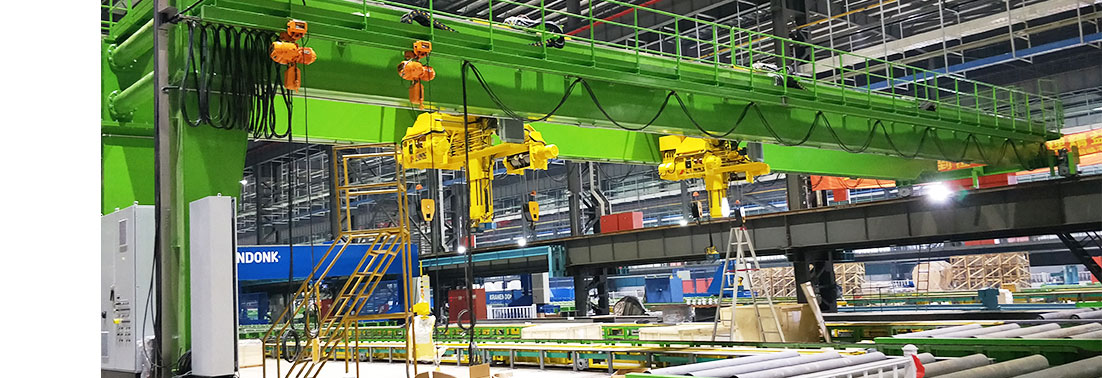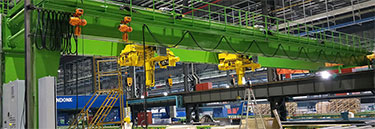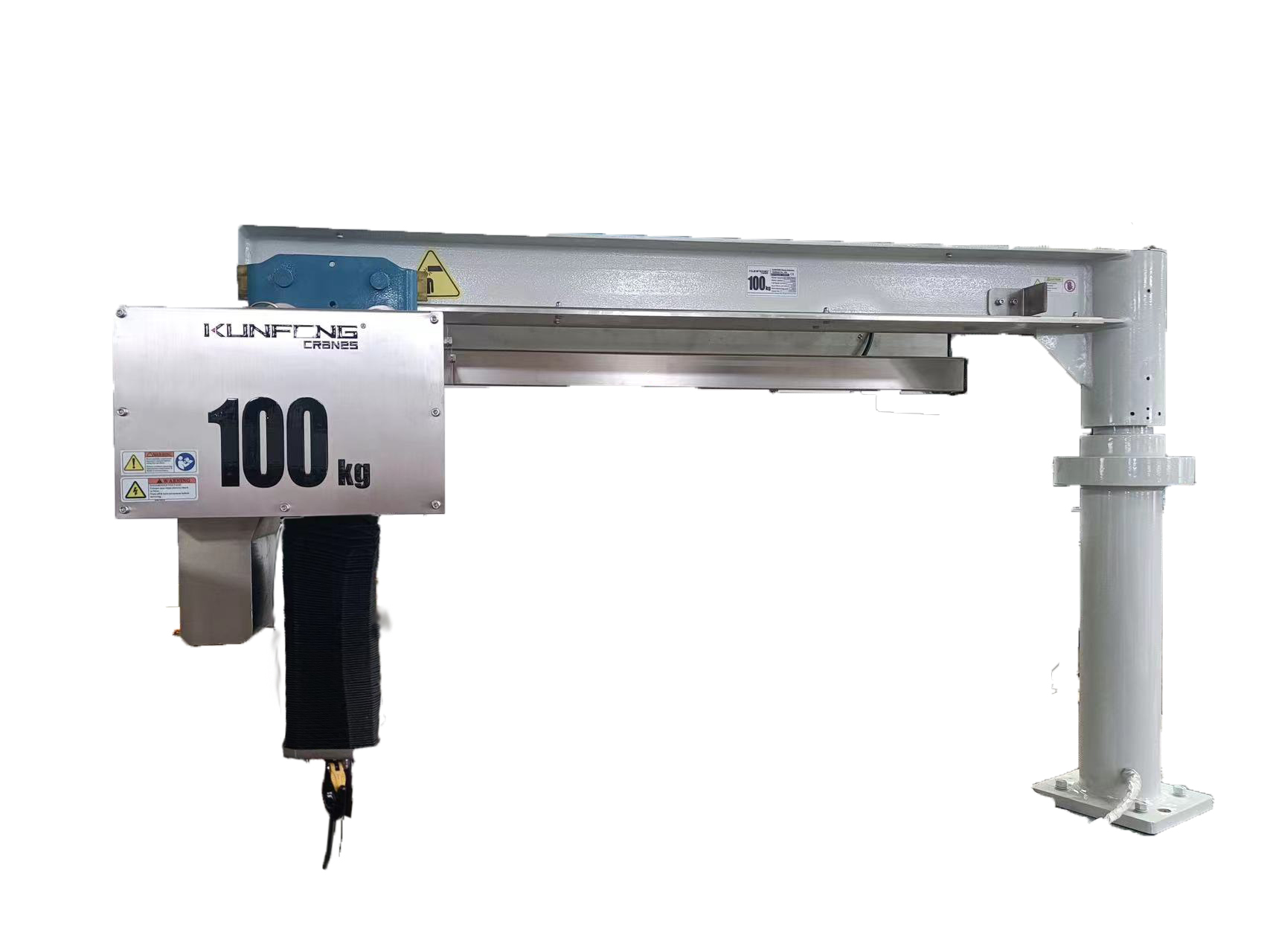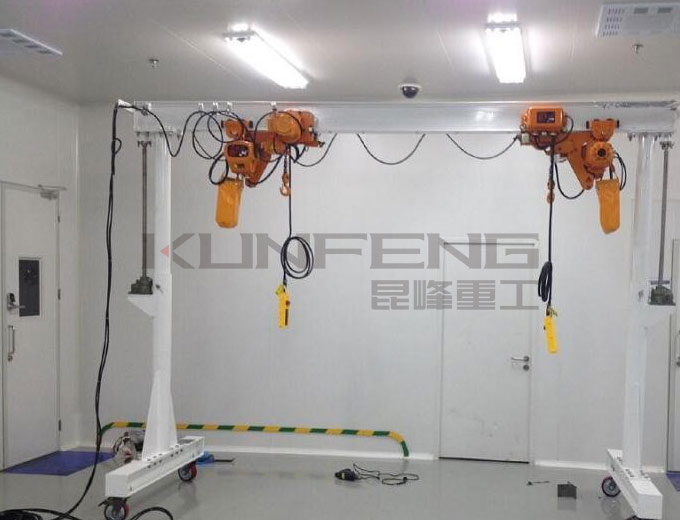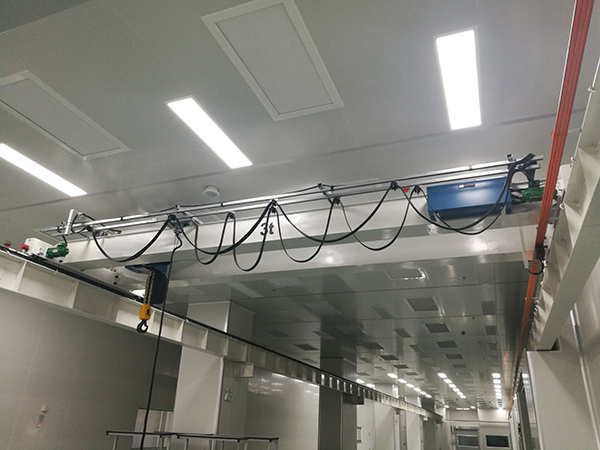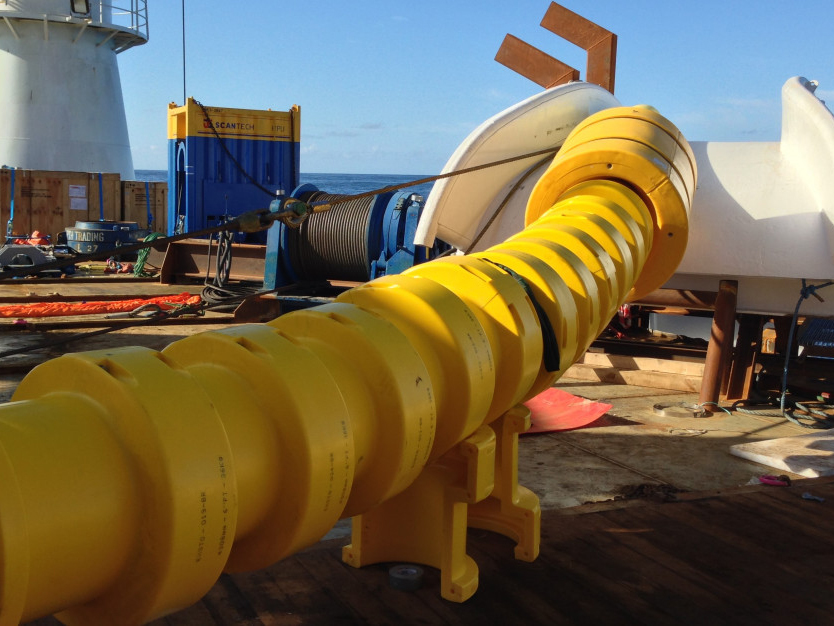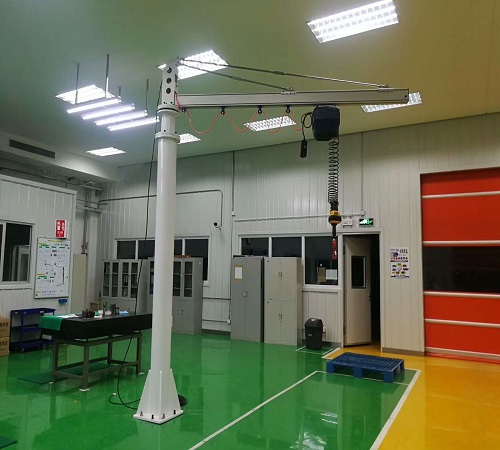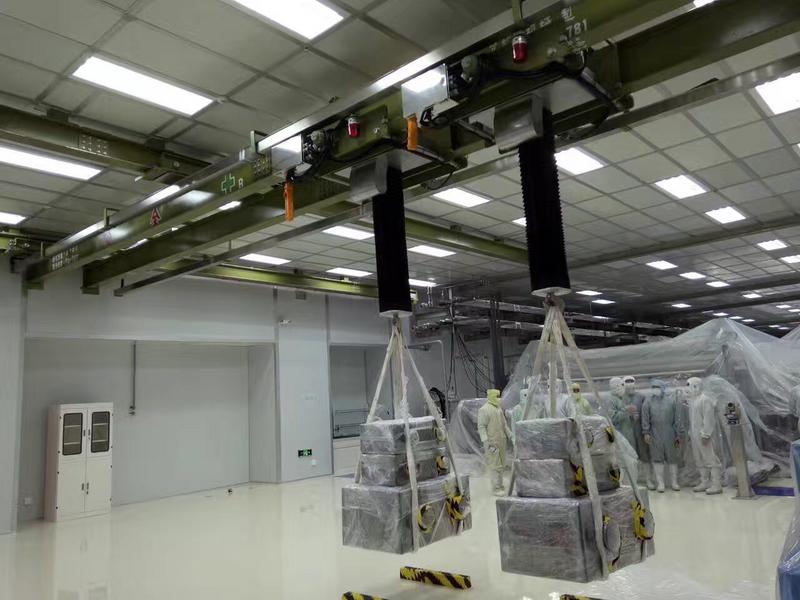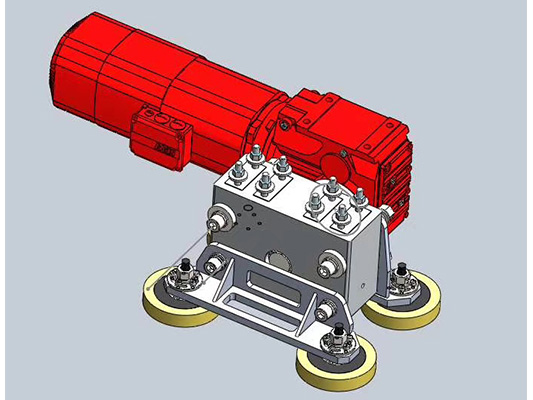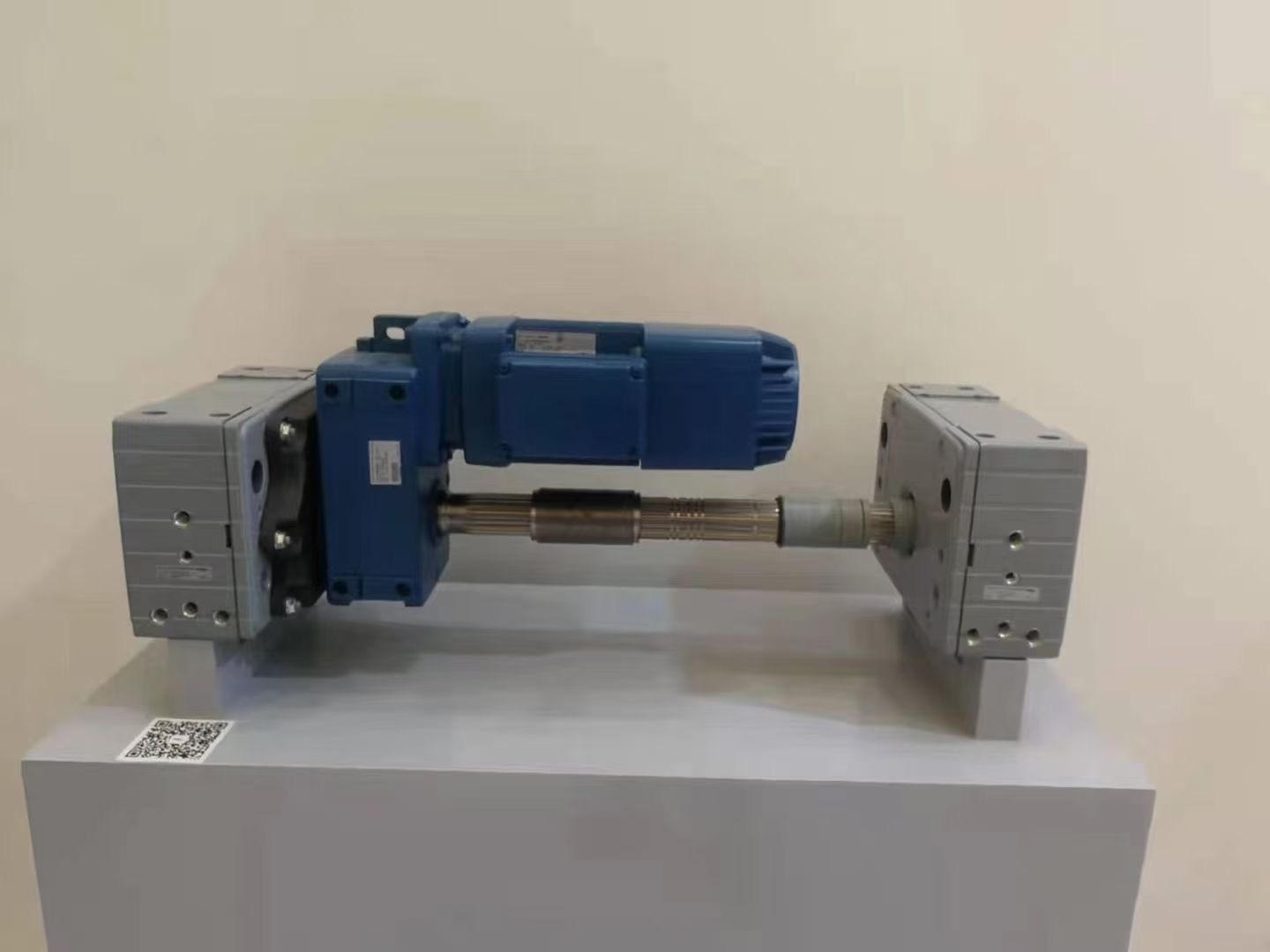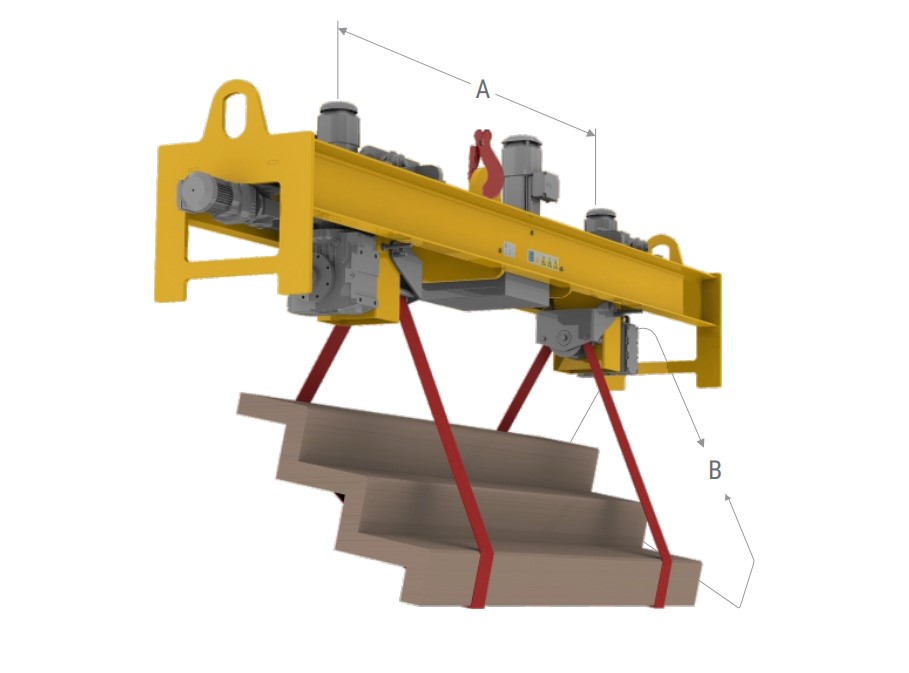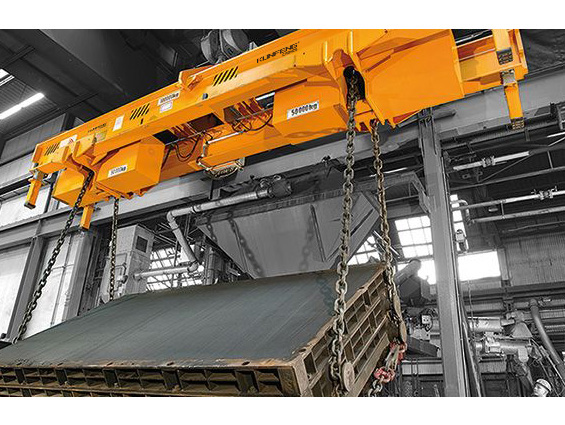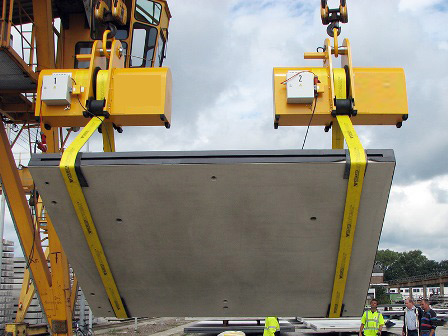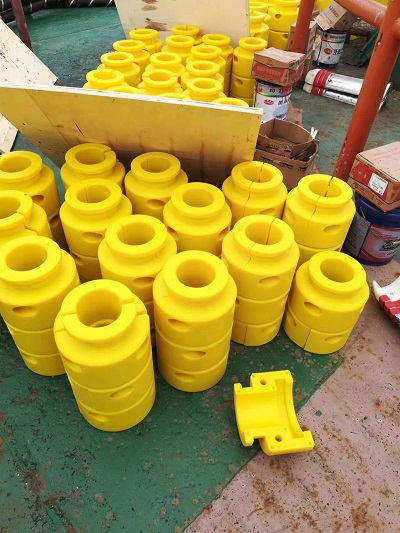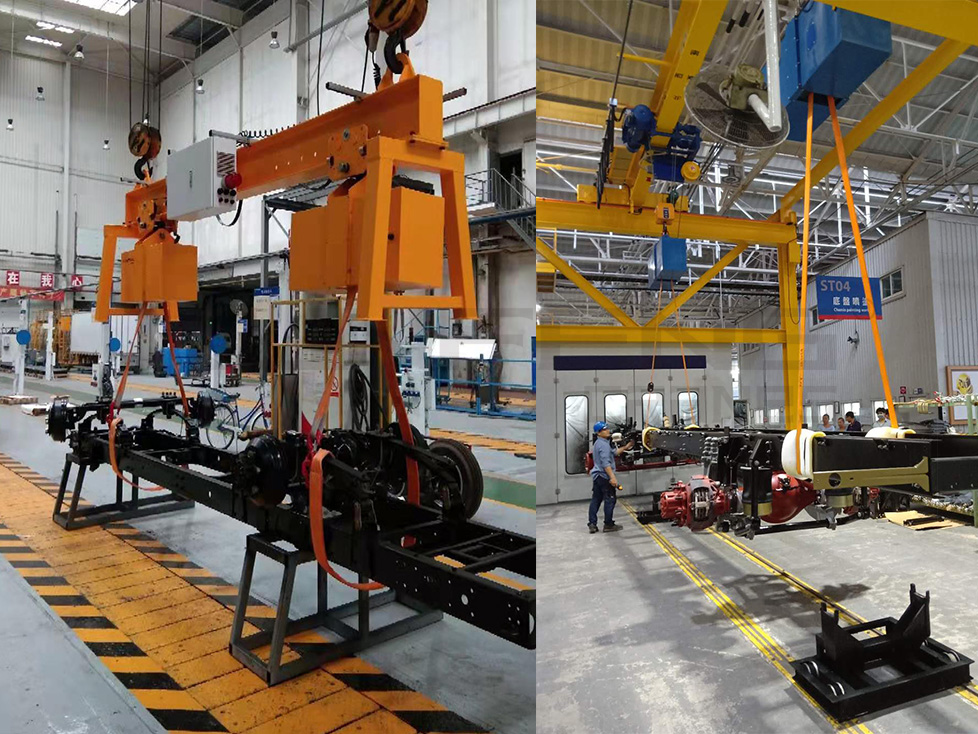
| Research on Overhead Operation of Load Turning Crane
when the object is turned over, it cannot endanger the safety of the workers below; it cannot cause shock and vibration to the load turning crane; it is not allowed to collide with other equipment and
CATEGORY:
CREATED:
Apr 02, 2022
In production, due to the needs of processing technology and assembly technology, bridge crane drivers often encounter the operation of turning objects 90° or 180° in their work. There are two most common types of flips: ground flips and midair flips. Ground flips are generally carried out with a single hook, while aerial flips are carried out with double hooks.
1Ground flips for objects
1.1 The flip operation of the object
Doubling is also called bottom turning. This operation is suitable for some casting and forging blanks that are not afraid of collision.
pieces. The essentials of its flip operation are:
(1) The method of hanging the overturned object should be correct, and the rope should be hung at the bottom or lower part of the overturned object. Generally, the locking point of the dead ring buckle is placed on the lower part of the turned object away from the center of gravity.
(2) After the buckle is fastened, push the handle of the lifting controller to gradually lift the hook. with things
The piece is gradually inclined with the ground support point A as the fulcrum, and the position of the cart (or trolley) should be corrected at the same time.
to ensure that the hook and the wire rope are always in a vertical state.
(3) When the object to be flipped is tilted to a certain degree and its center of gravity exceeds the ground fulcrum A, the gravity overturning moment of the object will cause the object to flip by itself. The fastest lowering speed is to drop the hook. If the hook continues to lift at this time, it will cause the jitter of the object and the impact on the car body, which not only hinders the turning work but also is very dangerous, so the hook must be dropped quickly in time.
When some machined parts are turned over by pocket turning, in order to prevent collision, a secondary rope can be attached. The auxiliary rope is tied to the upper part of the object being turned over, and the length should be appropriate. Before the object is turned over, the auxiliary rope is in a slack state. When the hook lifts the object gradually tilts, the slack of the auxiliary rope gradually decreases. When the center of gravity of the object exceeds the support point A on the ground and the object can turn over by itself, the auxiliary rope is just tensioned and stressed. At this time, continue to lift. Slightly raise the object to be flipped off the ground, and then drop the hook. When the lower corner of the hanging object is in contact with the ground, continue to drop the hook to gradually flip the object to the ground.
1.2 Object flipping operation
Swimming is mainly suitable for the overturning and hoisting of some disc-shaped or flat workpieces that are not afraid of collision damage. The essentials of its operation are as follows: according to the size and shape of the object to be overturned, first lift the overturned object that has been hung securely to slightly off the ground, then quickly drive the cart or trolley, and artificially make the hanging object begin to swing to the maximum swing. At the moment of the angle, the hoisting mechanism is turned on immediately, and the object is quickly dropped at the fastest falling speed. When the lower corner of the overturned object is in contact with the ground, the hook continues to descend, the object overturns under its own gravity, and stops descending immediately when the slack of the wire rope is sufficient, and at the same time, the cart or trolley is quickly driven back to adjust The position of the vehicle body, so that the wire rope is in a vertical position when the overturned object is turned over. When flipping, it is necessary to prevent objects from colliding with surrounding equipment, master the timing of flipping, and move quickly and accurately.
1.3 The operation of turning over the object
For some objects that are afraid of collision, such as precision parts such as gears and hydraulic control panels that have been processed, the belt flip operation is generally used to flip. In the operation of turning the belt, first lift the object to be turned off the ground, and then slowly land it upright. When the object to be turned over has just contacted the ground, quickly start the cart or trolley, and make the horizontal component of the inclined and taut wire rope to make The object rotates around the fulcrum A. When the center of gravity of the hanging object exceeds the fulcrum A, the object will fall by itself under the action of gravity. When the overturned object is tipped over by itself, the hoisting mechanism should be activated to drop the hook, control its falling speed and keep the hook vertical.
The belt turning operation is actually using the cable-pulling operation method of the running mechanism to perform the turning operation. Such a cable-pulling operation during turning is a normal operation and is necessary for the technological process. But the corners that are pulled diagonally when flipping live
The degree should not be too large. If it is too large to carry out the turning operation, it can be placed under the object to be turned over.
Put on the sleepers to change the center of gravity of the suspended object.
The object with turning operation must be a flat or disc-shaped object, the position of the center of gravity after lifting must be high, and the base surface of the bottom must be narrow. In addition, the hook must be kept vertical during operation, and it is not allowed to lift and hoist the wire rope after the belt is turned and tightened at a certain angle, so as to prevent the wire rope from winding randomly or falling off the coil and being twisted on the rotating shaft. Finally, when the object is turned over, the lateral movement of the car body and the rapid drop of the hook must be coordinated.
2 objects in-air flip
In production operations, it is sometimes necessary to turn an object 90 degrees or 180 degrees in the air in order to complete a certain process. Correctly determine the lifting point and use the main and auxiliary two sets of lifting mechanisms to complete the turning work of the object safely and smoothly.
2.1 The operation of turning the object 90°
The flip of the ladle is an example of an object flipped by 90°. The operation method is as follows: use a bridge crane with two sets of main and auxiliary lifting mechanisms to complete the task of turning the ladle. Generally, the main hook is hung on the upper lifting point of the overturned object such as the ladle, which is used to lift the ladle, and the auxiliary hook is hung on the lower lifting point to make the ladle tip over. When lifting, the two hooks are lifted at the same time and the large and small cars are driven to transport the ladle to the casting position. During casting, the two hooks are lowered at the same time to lower the ladle to a suitable height suitable for casting, and then slowly lift the auxiliary hook to gradually raise the bottom of the ladle. The main hook continues to descend and adjust the position of the trolley to ensure that the When turning over, make the nozzle of the ladle align with the gate at all times, and make the poured molten steel accurately pour into the gate. The molten steel washes out the sand mold.
2.2 The operation of turning the object 180°
In many cases, such as process installation, machine parts processing or equipment maintenance, it is necessary to turn the workpiece 180°. The operation method is: use two sets of longer slings and hang them at point B at the same time. Sling 1 goes around the bottom of the object and hangs on the main hook, while sling 2 is directly hung on the auxiliary hook. After hanging properly, lift the two hooks at the same time to make the object leave the ground about 0.3-0.5m, then stop the auxiliary hook and continue to lift the main hook. At this time, the workpiece will gradually turn upwards around point B in the air. In order to keep point B at a distance of 0.3-0.5m from the ground, while the main hook is gradually raised, continue to lower the auxiliary hook. With the slow and smooth coordinated action of the main and auxiliary hooks, the workpiece can be turned 90°. When the object is turned 90°, the auxiliary hook continuously descends slowly, and the main hook continues to rise to prevent the workpiece from touching the ground. After such a continuous action, the upper part of the workpiece rests on the sling of the auxiliary hook. As the auxiliary hook descends, the A end of the workpiece rotates clockwise around the B end, so that the workpiece can be turned 180° safely.
3 Conclusion
Several operating methods for flipping objects are introduced above. In the process of flipping various objects, the following points should be paid attention to: (1) According to the shape, quality, structural characteristics of the flipped object and the requirements for the degree of flipping, combined with the on-site According to the specific conditions such as the lifting capacity of the heavy equipment, a safe and reasonable overturning and lifting scheme is determined. (2) Correctly estimate the mass and center of gravity of the object to be flipped, and correctly select the hanging point of the object is the key to ensure the safe and smooth completion of the object flipping process. (3) According to the determined object overturning plan, correctly bind the overturned object and select the appropriate lifting point. (4) The operating methods and operating procedures must be proficient, and the cooperation of various agencies must be coordinated. (5) To ensure that the object is turned over
In order to ensure the safety and reliability of the turning operation, attention should also be paid to the following: when the object is turned over, it cannot endanger the safety of the workers below; it cannot cause shock and vibration to the load turning crane; it is not allowed to collide with other equipment and other equipment in the turning area. Object; cannot collide with flipped objects.

